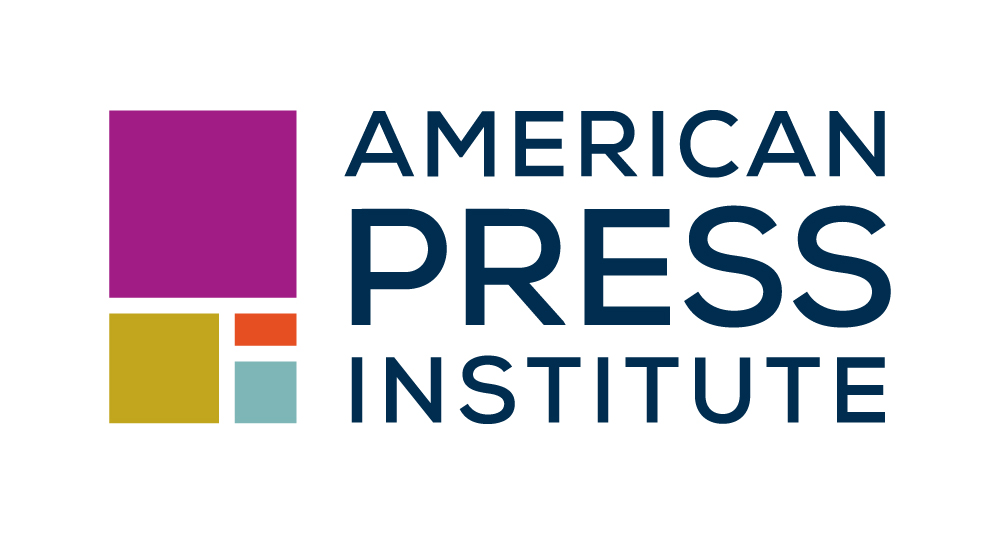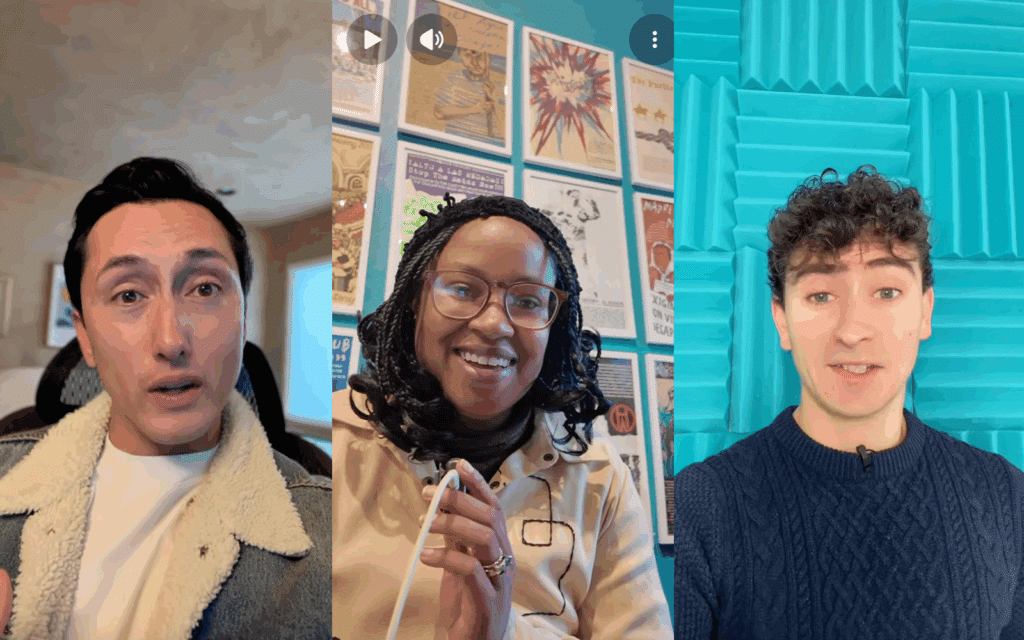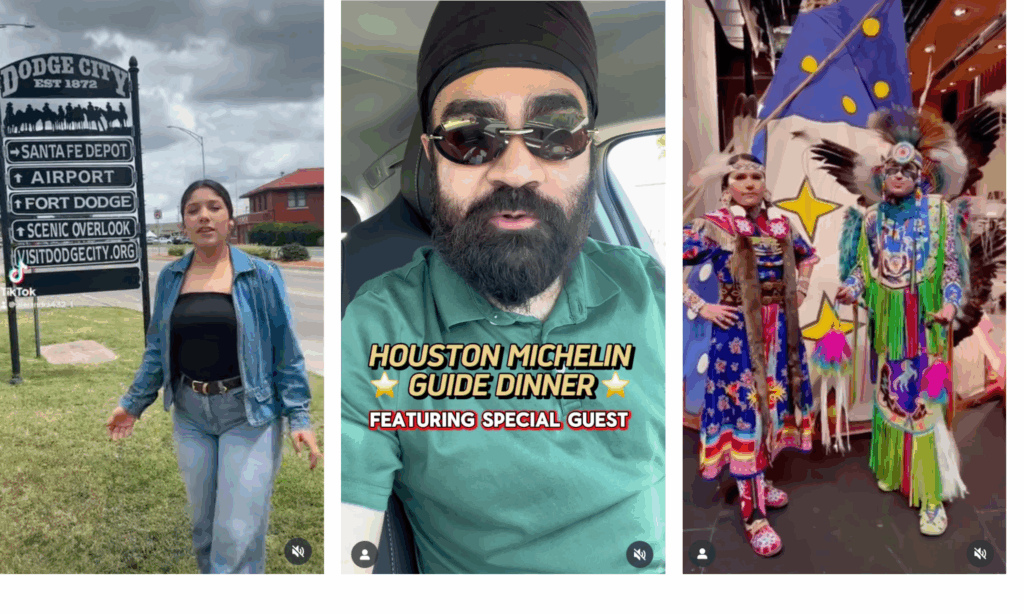
Collaborating with influencers in your community can be a great way to reach new audiences and infuse your coverage with more nuanced and diverse perspectives.
But with editorial collaborations — where you’re creating content together — you may notice some additional ethical questions arise, from both the public and newsroom staff. Questions like: How do you know this information is fair and accurate? And how will it impact people’s perception of the independence of your news organization?
We know many people are skeptical of journalists and don’t automatically assume we’re striving to be consistent and fair — especially people who don’t regularly consume our news. That’s why our Trusting News team regularly encourages journalists to get on record about the ethics behind their work. When experimenting with new types of content — or new types of partnerships — that transparency is crucial.
Below are questions, flags and a checklist to help you anticipate and prepare for any potentially sticky ethical situations that arise in partnering with trusted messengers, including language for how to get on the record about the ethics guiding your collaboration.
Questions to help you get started
Before making your influencer collaboration official, here are some questions to ask, some of which were adapted from this partnership guide written by Heather Bryant for the Center for Cooperative Media or contributed by Adriana Lacy.
- Does the influencer or messenger align with your organization’s values, goals and purpose?
- What questions might arise about your newsroom’s fairness or perspective if connected with this person? What assumptions might people make?
- What explanation may be needed for who you are collaborating with and why?
- Will there be perceived conflicts of interest? If you’re working with a startup or organization with a specific political bent, what do you need to ask and disclose about that? Is there specific content that is or is not okay to share, which could include products that the influencer tends to promote?
- If content from this collaboration is shared through a specific lens or perspective, are you comfortable with it being separate from but complementary to your own work? Will your audience be?
- How will you fact-check and make sure what is being shared is accurate? Can you agree to a joint commitment to accuracy and sharing of sources and source material?
- What captions, hashtags and tags will be used? It’s easy to forget about those while focusing on the video content.
- Are there questions you should anticipate about the veracity of the work done through this collaboration? How could you preemptively address these questions or concerns?
- Are you open to the output of the collaboration looking different from your usual journalism? If so, are you communicating that to your staff and discussing any concerns?
Collaboration flags
As you decide who might be a good fit to collaborate with, here are some ethical flags to watch for. These flags shouldn’t necessarily green light or disqualify a collaboration. But they can give you a quick gut check when assessing how aligned someone may be with your organization’s values and ethics.
Green flags: Positive signs that the collaboration may be a good fit
✅ Clear about their mission, goals and ethics
✅ Advertisements are labeled and sponsorships are disclosed
✅ Upfront about any specific point of view they promote or amplify
✅ Strive to present facts and promptly correct errors
✅ Receptive to feedback and interact in the comments
✅ Have the community’s best interest in mind
✅ Regularly attribute their sources of information
Yellow flags: Signs you may want to pause, assess and ask more clarifying questions
⚠️ Unsure what their coverage goals or mission are
⚠️ Regularly uses reporting from news outlets without properly attributing content
⚠️ Inserts personal viewpoints and experiences without disclosing their bias or perspective
⚠️ Unsure if content includes affiliations, sponsorships or advertisements
⚠️ Corrects errors or removes outdated information but without explanation
⚠️ Doesn’t specify how long the content needs to stay up — journalists never delete editorial content, but influencers do, especially if it gets low engagement.
Red flags: Warning signs there might be potential ethical conflicts and issues
🚩 Doesn’t align with the purpose and goals of your newsroom
🚩 Shares information that’s not sourced or contains misinformation
🚩 No public corrections or accountability
🚩 Outspoken about their support or disdain for certain political candidates
🚩 Minimal or no transparency around funding or advertisements
🚩 Defensive or non-responsive to audience feedback or questions
✔️ Ethics checklist for collaborations
Ready to collaborate? Here are some things to get transparent about with your audience. These disclosures should appear anywhere you publish or promote content from your influencer collaboration — whether that be on social, in a newsletter or in a story itself. For examples of how transparency language can appear in different formats, see our Transparency Trust Kit.
- Disclose the relationship. Disclose the collaboration and explain why you’re investing in this partnership. (Why is it beneficial for the audience? How is it helping get out new information? What voice in the community are they helping you share?)
- Share the scope. Explain how long the collaboration will last and what content people can expect.
- Talk about the money. Is money changing hands? Yes? Then get on the record about it. You don’t have to disclose exact dollar amounts but do make it clear who is financially backing the work.
- Explain fact-checking. Get clear about how the content was fact-checked and who is held responsible if the information is inaccurate or incorrect.
- Clarify the editing process. Explain what the editing process was like and who had the final say.
- Address potential conflicts of interest. Explain how it doesn’t affect the integrity of your work and share how your news organization maintains independence.
- Highlight your organization’s ethics. As you talk about the new collaboration, it’s a great time to link back to your organization’s public-facing ethics policy or mission statement.
Copy these sample disclosures
Below are three sample disclosures to show how your newsroom can get on the record about the ethics of your collaboration. Feel free to directly copy any language or framing that feels helpful. If you do use any of the below disclosure language, we’d love to hear about it!
Disclosure example: Voter guide
In an effort to hear from more people in our community, we collaborated with [xx] to find out what voters in [city] are most curious about ahead of the election. We used your feedback to create this voter guide that addresses your most pressing questions. This is a paid partnership, meaning we paid [xx] to co-report this story, but the content in the guide went through the same rigorous fact-checking and editing process as any [newsroom name’s] content. You can read more about this collaboration and how we maintain political independence [here].
Disclosure example: Content distribution
We know our news doesn’t reach the whole community, and with an important local election coming up, we really want to be useful to people who aren’t in our normal audience. Because of that, we paid XX to share relevant election coverage with their followers. For more, head [here].
Disclosure example: Restaurant feature
Because of their expertise, we tapped [xx] to try out the six award-winning restaurants in our city. While the restaurants did not pay us for these reviews, this is a paid collaboration, meaning we paid [xx] for their reporting, time and subject matter expertise. Even though this story reflects the opinion of [xx], this content went through the same rigorous fact-checking and editing process as any [newsroom name’s] content. Read more about our [collaboration/opinion policy/ethics policy] here.
Mollie Muchna is the project manager of Trusting News, an organization that studies how people decide what news to trust and helps journalists and the public understand each other. Read more about how Trusting News approaches its work around influencers and content creator journalists here. Questions? You can reach her at mollie@trustingnews.org.













